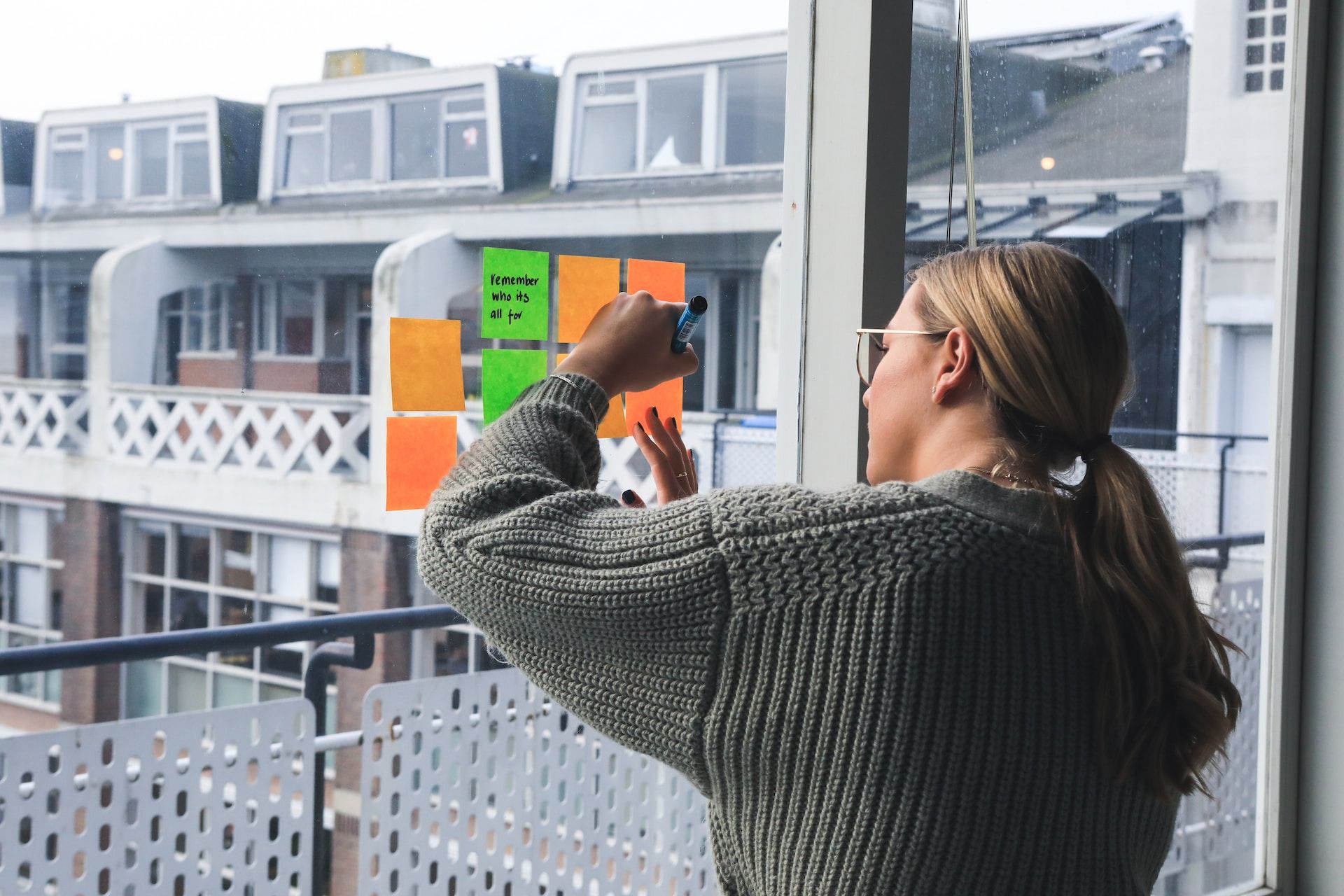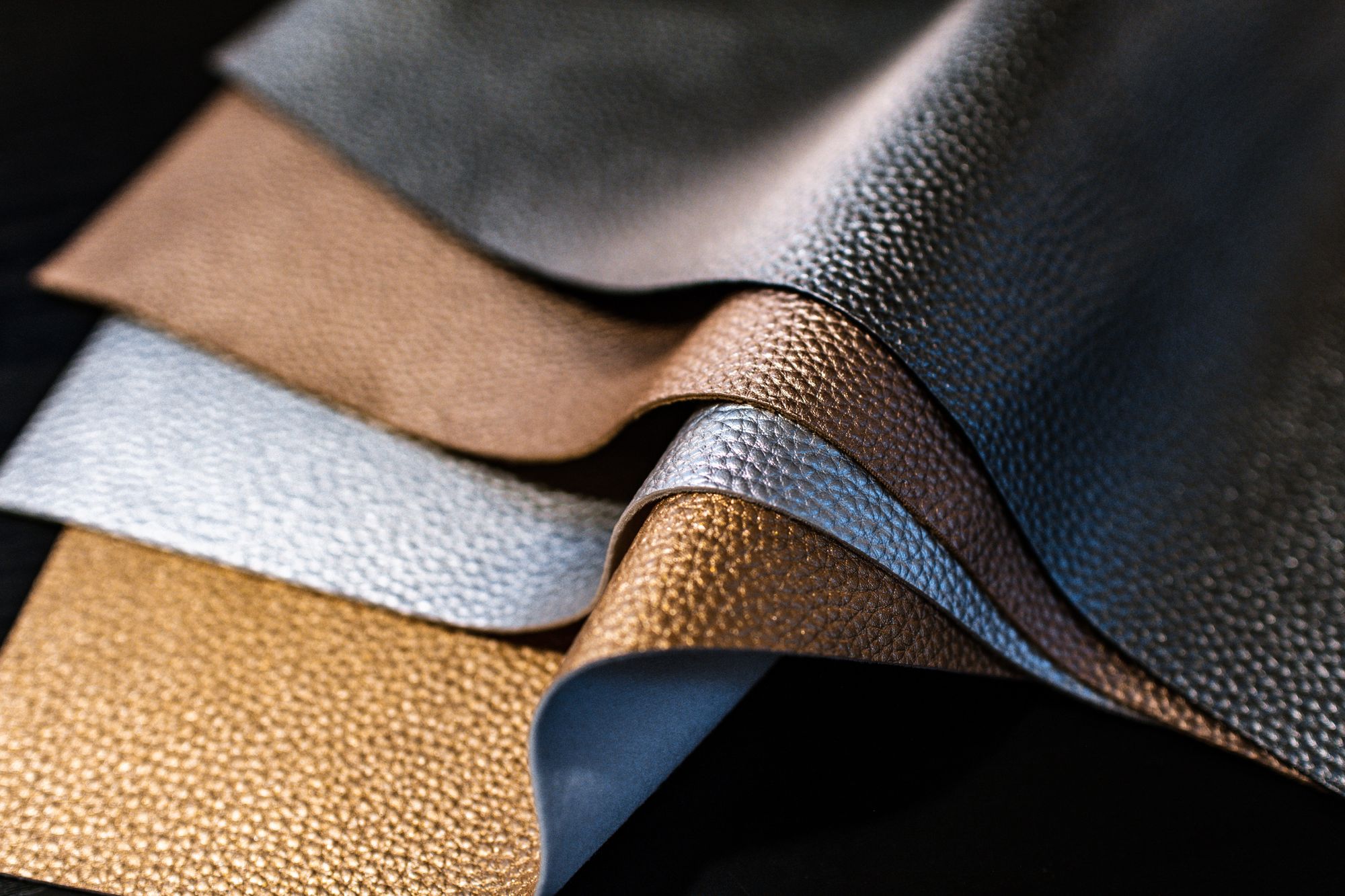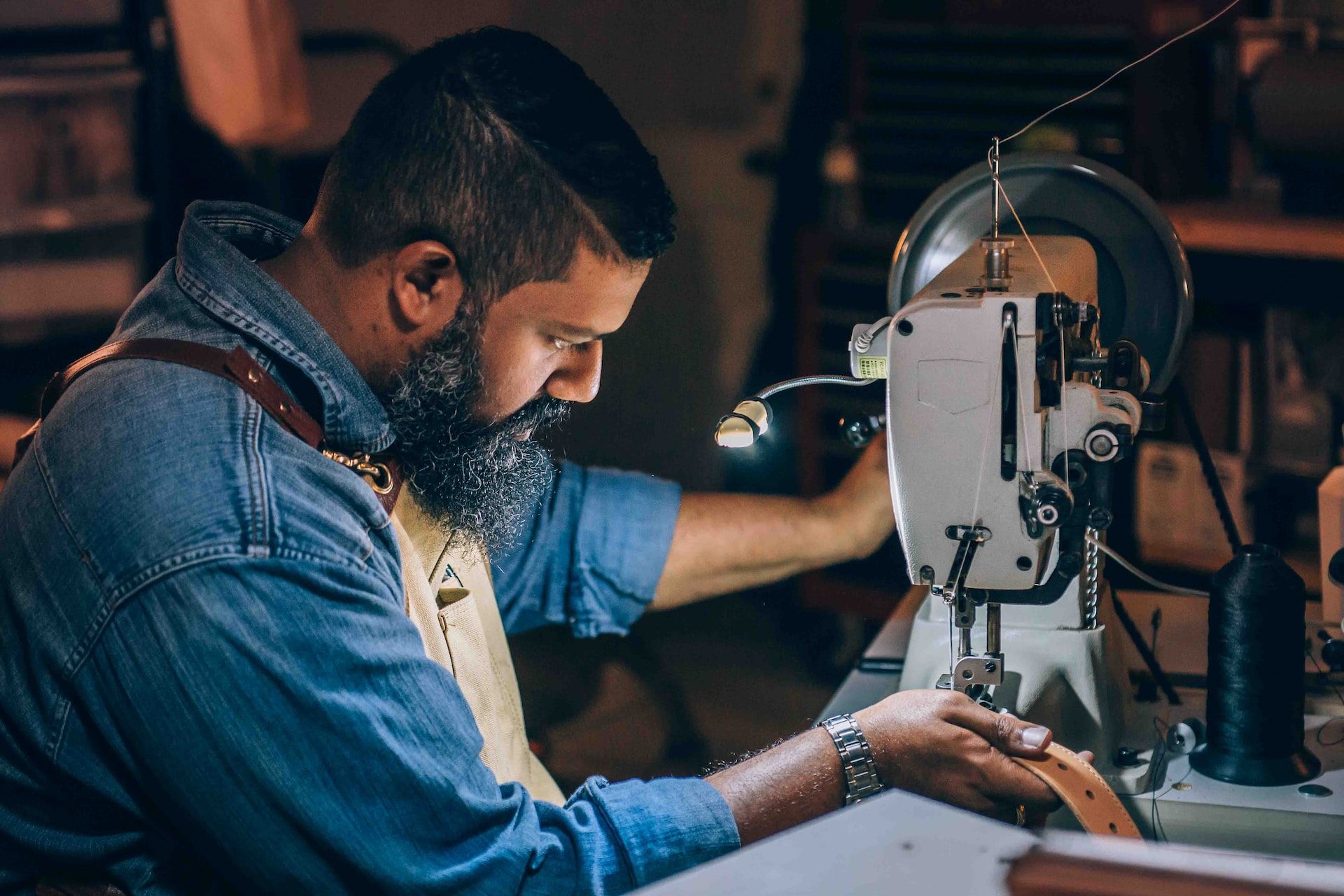Leather accessories manufacturing is a complex and multi-stage process that involves sourcing raw materials, tanning, cutting and shaping, stitching, and finishing to create a range of products such as bags, wallets, belts, shoes, and jackets.
However, leather manufacturing is also associated with environmental concerns such as deforestation, water pollution, and greenhouse gas emissions.
As consumers become more environmentally conscious, there is a growing demand for sustainable and responsible leather accessories manufacturing practices. In recent years, the industry has taken significant steps to address these concerns and reduce its impact on the environment.
This article will explore the environmental concerns associated with leather accessories manufacturing, the steps taken by the industry to address these concerns, and the role of consumers in supporting sustainable and responsible production practices.
Let's take a look at the table of content that we'll thoroughly cover in this guide.
- Leather Accessories Manufacturing Industry
- Brief History of Leather Accessories Manufacturing
- Types of Leather Accessories
- Leather Materials and Production Processes
- Manufacturing of Leather Accessories
- Market Trends and Demand
- Environmental Concerns in Leather Accessories Manufacturing
- Frequently Asked Questions (FAQs) Associated with Leather Accessories Manufacturing
- Wrapping Up
- How Deskera Can Assist You?
Let's get started!
Leather Accessories Manufacturing Industry
The leather accessories manufacturing industry involves the production of various types of accessories made from leather material.
These accessories can range from bags, belts, wallets, shoes, and other fashion items. The industry is an important part of the fashion and retail industry and has a long history dating back to ancient times.
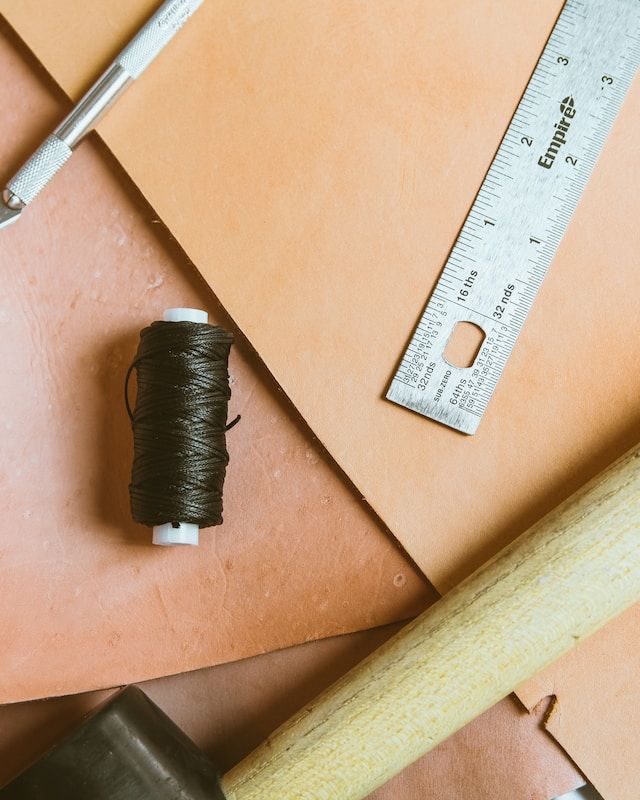
Leather accessories manufacturing involves sourcing high-quality leather materials and using skilled artisans to design and create various accessories.
Moreover, the manufacturing process can be complex and involves various stages such as cutting, stitching, tanning, and finishing. Each stage requires specialized equipment and skilled workers to ensure the finished product meets the required quality standards.
The leather accessories manufacturing industry is a global industry with major players located in countries such as Italy, Spain, the United States, and China. The industry has grown significantly over the years and is expected to continue to grow due to the increasing demand for high-quality and fashionable leather accessories.
The industry further is also impacted by various factors such as changes in consumer preferences, advances in technology, and global economic conditions. As such, companies in the industry must be adaptable and innovative to remain competitive and meet the demands of their customers.
Additionally, the industry is facing increasing pressure to address environmental concerns and implement sustainable manufacturing practices.
Brief History of Leather Accessories Manufacturing
The history of leather accessories manufacturing can be traced back to ancient civilizations such as Egypt, Greece, and Rome, where leather was used for a variety of purposes such as clothing, armor, and footwear.
Leather accessories manufacturing began to develop into a specialized industry during the Middle Ages, particularly in Europe, where guilds were formed to regulate the quality of leather goods.
During the Industrial Revolution in the 18th and 19th centuries, the production of leather goods was revolutionized by the introduction of new machinery and manufacturing processes, allowing for greater efficiency and mass production.
This led to the development of large-scale leather goods manufacturing operations in countries such as England, France, and the United States.
In the early 20th century, fashion began to play an increasingly important role in the leather accessories manufacturing industry, with designers such as Louis Vuitton and Gucci creating high-end leather goods that became popular among the wealthy elite.
The industry continued to grow and evolve throughout the 20th century, with the introduction of new materials, manufacturing processes, and design innovations.
Today, the leather accessories manufacturing industry is a global industry worth billions of dollars, with major players located around the world.
While the industry has faced challenges such as increased competition and environmental concerns, it remains an important part of the fashion and retail industry, providing high-quality and fashionable leather accessories to consumers around the world.
Types of Leather Accessories
The leather accessories manufacturing industry produces a wide variety of products that are made from leather material.
Following, we’ve discussed more detailed description of each type of leather accessory. Let’s check:
Bags: Leather bags are available in various styles and sizes, such as shoulder bags, tote bags, clutch bags, backpacks, and messenger bags. Leather bags are popular due to their durability, classic style, and versatility.
Belts: Leather belts come in various styles, including dress belts, casual belts, and fashion belts. Leather belts are popular due to their durability, style, and versatility.
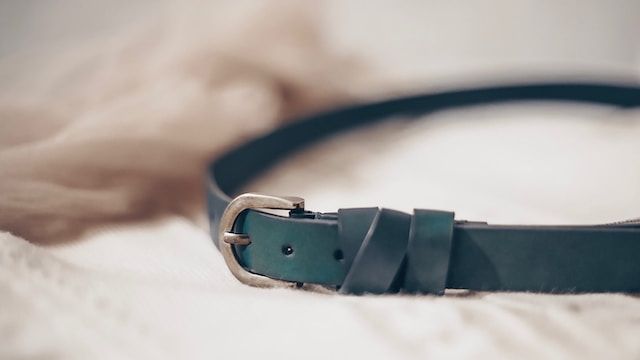
Wallets: Leather wallets come in a variety of styles, such as bi-fold, tri-fold, and cardholders. Leather wallets are popular due to their durability, classic style, and practicality.
Shoes: Leather shoes are popular for their durability, style, and comfort. They come in various styles, such as dress shoes, casual shoes, boots, and sneakers.
Gloves: Leather gloves are popular for their durability, classic style, and practicality. They come in various styles, such as driving gloves, dress gloves, and winter gloves.
Jackets: Leather jackets are popular for their durability, classic style, and practicality. They come in various styles, such as biker jackets, bomber jackets, and leather blazers.
Accessories: Leather accessories include smaller items such as keychains, phone cases, and watch straps. These items are popular due to their durability, classic style, and practicality.
Overall, leather accessories are popular due to their durability, classic style, and practicality. They are available in various styles, sizes, and colors, and they are constantly evolving to meet changing consumer demands.
Leather Materials and Production Processes
Leather materials are typically derived from animal hides, such as cows, goats, and sheep. The hides are first treated with a tanning process to prevent them from decomposing and to make them more durable.
There are two main types of tanning processes: vegetable tanning and chrome tanning.
Vegetable tanning involves treating the hides with natural tannins derived from tree bark, whereas chrome tanning involves treating the hides with chromium salts. After the tanning process, the leather can be dyed and finished to achieve a desired color, texture, and appearance.
Production processes for leather accessories may vary depending on the type of accessory, but generally involve cutting and stitching the leather pieces together to form the final product. Quality leather accessories require skilled craftsmanship and attention to detail throughout the production process.
Types of Leather Used in Manufacturing Leather Accessories
There are several types of leather used in the manufacturing of leather accessories. Here are some of the most common types:
Full-grain leather: This is the highest quality leather available, made from the top layer of the animal hide. Full-grain leather is known for its durability, natural texture, and resistance to wear and tear.
Top-grain leather: This is the second highest quality leather available, made from the top layer of the animal hide that has been sanded and buffed to remove any imperfections. Top-grain leather is known for its smooth and uniform appearance.
Split leather: This type of leather is made from the lower layer of the animal hide and is less durable than full-grain or top-grain leather. Split leather is often used for less expensive leather goods.
Suede leather: This is a type of split leather that has been buffed and brushed to create a soft, fuzzy texture.
Production Processes for Leather Materials
The production processes for leather materials typically involve the following steps:
Preparing the hides: The animal hides are cleaned and treated to remove any hair, flesh, or other impurities.
Tanning: The hides are treated with a tanning agent, such as vegetable tannins or chrome salts, to prevent them from decomposing and to make them more durable.
Dyeing: The leather can be dyed to achieve a desired color or pattern.
Finishing: The leather is finished with a coating or treatment to achieve a desired texture or appearance. This can include treatments such as polishing, embossing, or waxing.
Cutting and stitching: The leather is cut into pieces and stitched together to create the final product.
Quality leather accessories require skilled craftsmanship and attention to detail throughout the production process. By using high-quality leather and following a careful production process, manufacturers can create durable and stylish leather accessories that will last for years.
Manufacturing of Leather Accessories
The manufacturing of leather accessories involves several steps, from designing and prototyping to sourcing materials and production.
The process starts with designing and prototyping the accessory, followed by selecting the appropriate leather material and any additional hardware, such as zippers or clasps. The leather is then cut into the desired shape and size and stitched together using specialized sewing machines and techniques.
Quality control checks are performed throughout the production process to ensure that the final product meets the desired specifications. Once the leather accessory is complete, it is packaged and shipped to retailers or customers.
The manufacturing of leather accessories requires skilled craftsmanship, attention to detail, and a commitment to quality to ensure that the final product is durable, functional, and stylish.
Designing of Leather Accessories
The designing of leather accessories is an important step in the manufacturing process, as it sets the foundation for the final product. Here is a detailed overview of the design process for leather accessories:
Inspiration and Research: The first step in the design process is to gather inspiration and research current trends in the market. This can involve reviewing fashion magazines, attending trade shows, and studying consumer behavior to identify the latest trends and customer preferences.
Sketching and Concept Development: Once inspiration has been gathered, designers will begin sketching ideas and developing concepts for the leather accessory. This may involve creating rough sketches or more detailed technical drawings using specialized software.
Material Selection: After the concept has been developed, designers will select the appropriate materials for the leather accessory. This can involve selecting the type of leather, color, and any additional hardware or embellishments.
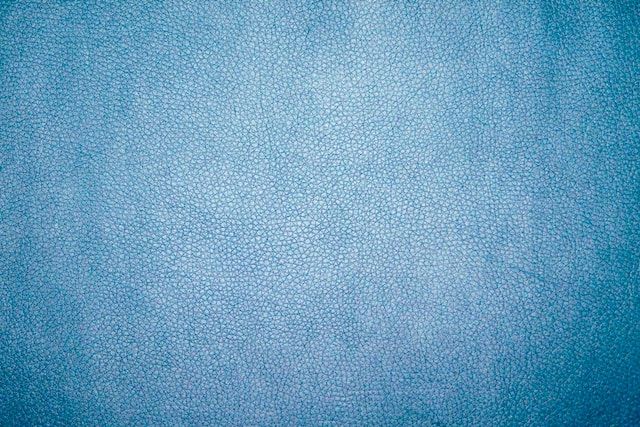
Prototyping: Once the design and materials have been selected, a prototype of the leather accessory is created. This allows designers to test the design, make any necessary adjustments, and ensure that the final product meets their desired specifications.
Production: Once the prototype has been approved, production of the leather accessory can begin. This involves cutting the leather into the desired shapes and sizes, stitching the pieces together, and adding any hardware or embellishments.
Quality Control: Throughout the production process, quality control checks are performed to ensure that the final product meets the desired specifications. This may involve inspecting the stitching, checking the durability of the leather, and ensuring that the hardware is secure.
Packaging and Shipping: Once the leather accessory has been completed and quality control checks have been performed, it is packaged and shipped to retailers or customers.
The designing of leather accessories requires creativity, attention to detail, and an understanding of current market trends and consumer preferences. By following a thorough design process, manufacturers can create leather accessories that are both stylish and functional.
Manufacturing Process of Leather Accessories
The manufacturing process of leather accessories involves several steps, from sourcing materials to quality control checks. Here is a detailed overview of the manufacturing process for leather accessories:
Material Selection: The first step in the manufacturing process is to select the appropriate materials for the leather accessory. This can involve selecting the type of leather, color, and any additional hardware or embellishments.
Cutting: Once the materials have been selected, the leather is cut into the desired shapes and sizes using specialized cutting machines or hand tools. This step requires precision to ensure that the pieces fit together correctly.
Stitching: The pieces of leather are then stitched together using specialized sewing machines or by hand. Skilled craftsmanship is required to ensure that the stitching is strong and durable.
Hardware and Embellishments: Any additional hardware or embellishments, such as zippers, clasps, or decorative elements, are added to the leather accessory.
Finishing: The leather accessory is then finished with a coating or treatment to achieve a desired texture or appearance. This can include treatments such as polishing, embossing, or waxing.
Quality Control: Throughout the production process, quality control checks are performed to ensure that the final product meets the desired specifications. This may involve inspecting the stitching, checking the durability of the leather, and ensuring that the hardware is secure.
Packaging and Shipping: Once the leather accessory has been completed and quality control checks have been performed, it is packaged and shipped to retailers or customers.
Ultimately, the manufacturing of leather accessories requires skilled craftsmanship, attention to detail, and a commitment to quality to ensure that the final product is durable, functional, and stylish. By following a careful production process and using high-quality materials, manufacturers can create leather accessories that will last for years.
Quality Control Measures in Leather Accessories Manufacturing
Quality control is a critical aspect of leather accessories manufacturing, as it ensures that the final product meets the desired specifications and is of high quality.
Following, we've discussed detailed overview of the quality control measures involved in leather accessories manufacturing:
- Inspection of Materials: The first step in quality control is to inspect the materials that will be used in the manufacturing process. This involves checking the quality and consistency of the leather, as well as any hardware or embellishments.
- Testing of Materials: In addition to inspecting materials, quality control may involve testing them for durability, colorfastness, and other performance characteristics.
- Inspection of Cutting: Once the leather has been cut into the desired shapes and sizes, quality control checks are performed to ensure that the pieces fit together correctly and that the cutting was done accurately.
- Inspection of Stitching: Skilled craftsmanship is required to ensure that the stitching is strong and durable. Quality control checks may involve inspecting the stitching for consistency, tightness, and accuracy.
- Inspection of Hardware: Any additional hardware or embellishments are inspected for quality and durability. This may involve testing the hardware to ensure that it can withstand repeated use.
- Finished Product Inspection: Once the leather accessory has been completed, a final inspection is performed to ensure that it meets the desired specifications. This may involve checking the stitching, hardware, and overall appearance of the accessory.
- Testing for Durability: To ensure that the leather accessory will last for years, it may be subjected to rigorous testing for durability, such as exposure to heat, water, or other environmental conditions.
By following a thorough quality control process, manufacturers can ensure that the leather accessories they produce are of high quality and meet the expectations of customers.
Market Trends and Demand
The leather accessories market is highly competitive, with a growing demand for high-quality products that are both functional and stylish.

In recent years, there has been a trend towards eco-friendly and sustainable products, which has led to an increase in the use of recycled and ethically sourced materials. Additionally, there is a growing demand for customization and personalization, as consumers seek to express their individual style through their accessories.
With the rise of e-commerce, online sales of leather accessories have also seen significant growth, with consumers seeking convenience and a wider range of options.
Overall, the leather accessories market is expected to continue to grow in the coming years, with a focus on quality, sustainability, and personalization.
Leather accessories are a popular and thriving industry with a diverse range of products. Some of the most common leather accessories include handbags, wallets, belts, shoes, and jackets. The leather accessories industry has been growing steadily over the years, and the market trends suggest that the demand for these products is expected to continue increasing in the future.
Current Market Trends in Leather Accessories Manufacturing:
Following, we've discussed thoroughly about the current market trends in leather accessories manufacturing. Let's learn:
Ethical and Sustainable Leather Production: Consumers are increasingly becoming more aware of the impact of leather production on the environment, which has led to a rise in demand for ethical and sustainable leather products. This has led many manufacturers to switch to eco-friendly and sustainable leather production practices.
Customization: Personalization and customization are also becoming increasingly popular in the leather accessories industry. Many manufacturers are offering customers the option to customize their products according to their unique preferences, such as adding monograms, choosing colors, and selecting the type of leather.
Digitalization: The leather accessories industry is also being impacted by digitalization. Many manufacturers are utilizing e-commerce platforms to reach a wider audience, and some are even using augmented reality technology to allow customers to visualize products before making a purchase.
Retro Styles: Classic and retro styles are also becoming more popular in the leather accessories industry. Consumers are looking for timeless pieces that will last for years, and manufacturers are capitalizing on this trend by creating designs that combine traditional and modern elements.
Factors that Can Affect the Demand for Leather Accessories Industry
Following, we've discussed several factors that can affect the demand for leather accessories, including:
Consumer preferences: Consumer preferences and tastes are a crucial factor that can significantly affect the demand for leather accessories. Changing fashion trends and styles can cause consumers to prefer different types of leather accessories, such as handbags, wallets, belts, shoes, and jackets.
Price: The price of leather accessories plays a significant role in determining their demand. Consumers are usually willing to pay a premium for high-quality, durable leather products that can last for years. However, if the prices of leather accessories become too high, consumers may switch to cheaper synthetic materials or alternative products.
Economic conditions: Economic conditions such as inflation, recession, and unemployment can significantly affect the demand for leather accessories. During an economic downturn, consumers may reduce their spending on non-essential items such as luxury leather goods, leading to a decrease in demand.
Demographics: The age, gender, and income level of consumers can also impact the demand for leather accessories. Younger consumers may prefer more trendy and fashionable leather products, while older consumers may prefer more classic and traditional styles.
Environmental concerns: Environmental concerns, such as the impact of leather production on animal welfare and the environment, can also influence consumer demand. Some consumers may prefer synthetic materials or alternatives to leather due to ethical and environmental concerns.
Future Prospects for the Leather Accessories Industry:
The leather accessories industry is expected to experience significant growth in the future, driven by several factors:
Increasing demand for luxury goods: As the global economy continues to grow, the demand for luxury goods is expected to increase. Leather accessories are considered a luxury item, and as such, demand for these products is expected to rise.
Growing popularity of e-commerce: With the growth of e-commerce, consumers are able to easily access a wider range of leather accessories from all over the world. This is expected to drive growth in the industry, as more consumers will be able to purchase leather accessories online.
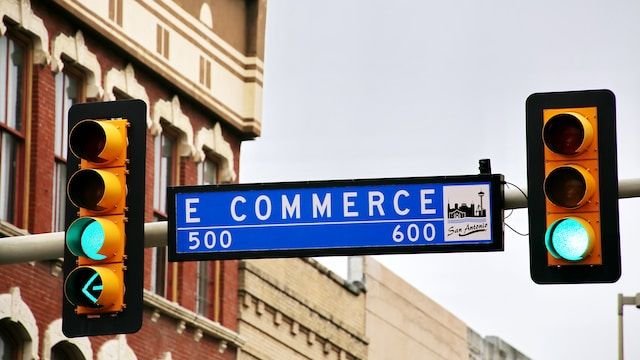
Rising disposable income: As disposable income levels rise; consumers are expected to have more money to spend on luxury items such as leather accessories.
Increasing focus on sustainability: Consumers are becoming more aware of the impact of their purchasing decisions on the environment. This has led to an increased focus on sustainability and environmentally friendly products. The leather industry is responding to this trend by developing sustainable practices and using more eco-friendly materials.
Technological advancements: Advances in technology are expected to drive innovation in the leather accessories industry. For example, new materials and manufacturing techniques may be developed that could improve the durability and quality of leather products.
Overall, the future prospects for the leather accessories industry are positive, with the industry expected to experience growth in the coming years. However, the industry will need to continue to adapt to changing consumer preferences and trends, as well as respond to concerns around sustainability.
Environmental Concerns in Leather Accessories Manufacturing
Following, we've discussed environmental concerns in leather accessories manufacturing. Let's learn:
Overview of Environmental Concerns in Leather Accessories Manufacturing
The leather accessories industry has historically been associated with environmental concerns, due to the significant environmental impact of the leather tanning process.
Tanning is the process of converting raw animal hides into leather, and it involves the use of chemicals and water, as well as energy-intensive processes such as drying and conditioning. The environmental concerns associated with leather accessories manufacturing include:
Water consumption: Leather tanning requires large amounts of water, which can put a strain on water resources in areas with limited access to clean water. Additionally, the wastewater generated during the tanning process contains high levels of pollutants, which can contaminate local water sources.
Chemical pollution: The chemicals used in the tanning process can be harmful to both human health and the environment. These chemicals industries can include heavy metals, such as chromium and lead, as well as formaldehyde and other toxic compounds.
Deforestation: The leather industry is a significant contributor to deforestation, as the demand for leather products drives the clearing of forests for grazing land for livestock.
Steps Taken by the Industry to Address Environmental Concerns
Leather accessories manufacturing has long been associated with environmental concerns such as deforestation, water pollution, and greenhouse gas emissions.
However, in recent years, the industry has taken significant steps to address these concerns and reduce its impact on the environment. Some of the steps taken by the industry to address environmental concerns are as follows:
Sustainable sourcing of raw materials: Many leather manufacturers have started sourcing leather from sustainable and responsible sources. These sources prioritize animal welfare, use environmentally friendly production processes, and reduce waste and pollution.
Recycling and upcycling: Leather manufacturers are exploring innovative ways to recycle and upcycle leather scraps and offcuts, reducing waste and the use of virgin materials.
Water conservation: The leather industry is one of the largest consumers of water, but many manufacturers are now using closed-loop systems to recycle water and reduce their water consumption. This system recycles water used in tanning and reuses it in the production process.
Chemical management: The leather industry has implemented stricter regulations for the use and disposal of chemicals used in the tanning process. Many manufacturers now use less toxic chemicals and invest in advanced technologies to treat and purify wastewater.
Energy efficiency: Leather manufacturers are implementing energy-efficient measures such as using renewable energy sources, optimizing production processes, and using energy-efficient machinery to reduce greenhouse gas emissions.
Transparency and certifications: Many leather manufacturers are now providing transparency regarding their environmental impact, such as carbon footprint, water consumption, and chemical usage.
Furthermore, they are obtaining environmental certifications, such as the Leather Working Group certification, to ensure responsible and sustainable manufacturing processes.
Consequently, the leather accessories manufacturing industry is becoming more environmentally conscious and taking steps to reduce its impact on the environment.
However, there is still room for improvement, and manufacturers must continue to invest in sustainable production processes and technologies to mitigate the environmental impact of their operations.
Frequently Asked Questions (FAQs) Associated with Leather Accessories Manufacturing
Following, we've discussed some frequently asked questions about leather accessories manufacturing:
Que 1: What is leather accessories manufacturing?
Ans: Leather accessories manufacturing involves the production of various items made from leather, such as bags, wallets, belts, shoes, and jackets. It typically involves several stages, including sourcing of raw materials, tanning, cutting and shaping, stitching, and finishing.
Que 2: How can leather accessories manufacturing be made more sustainable?
Ans: Leather accessories manufacturing can be made more sustainable through several measures, including using sustainable and responsible sources for raw materials, recycling and upcycling leather scraps and offcuts, conserving water and energy, managing chemicals properly, and obtaining environmental certifications.
Que 3: What is the role of certifications in leather accessories manufacturing?
Ans: Certifications play an important role in leather accessories manufacturing by providing a standard for sustainable and responsible production processes.
Furthermore, certifications such as the Leather Working Group certification ensure that leather manufacturers are adhering to strict environmental and social responsibility criteria, including responsible sourcing of raw materials, responsible chemical use and management, and waste reduction.
Que 4: How can consumers support sustainable leather accessories manufacturing?
Ans: Consumers can support sustainable leather accessories manufacturing by choosing products made from sustainable and responsible sources, looking for environmental certifications, and supporting companies that prioritize sustainability and responsible production practices.
Additionally, consumers can reduce their own impact by buying fewer products, repairing and maintaining their leather accessories, and properly disposing of them at the end of their lifecycle.
Wrapping Up
In conclusion, leather accessories manufacturing is a complex process that has traditionally been associated with environmental concerns.
However, the industry is taking significant steps towards sustainability and responsible production practices. From sustainable sourcing of raw materials to recycling and upcycling leather scraps and reducing water and energy consumption, manufacturers are investing in technologies and processes to minimize their environmental impact.
Additionally, environmental certifications like the Leather Working Group certification provide consumers with assurance that they are supporting companies that prioritize sustainability and responsible production practices.
As consumers become more environmentally conscious, they can also support sustainable leather accessories manufacturing by choosing products made from sustainable and responsible sources, properly disposing of them at the end of their lifecycle and reducing their overall consumption.
Ultimately, a joint effort from manufacturers and consumers is necessary to ensure the leather accessories industry moves towards a more sustainable and responsible future.
How Deskera Can Assist You?
Deskera's integrated financial planning tools allow investors to better plan their investments and track their progress. It can help investors make decisions faster and more accurately.
Deskera Books enables you to manage your accounts and finances more effectively. Maintain sound accounting practices by automating accounting operations such as billing, invoicing, and payment processing.

Deskera CRM is a strong solution that manages your sales and assists you in closing agreements quickly. It not only allows you to do critical duties such as lead generation via email, but it also provides you with a comprehensive view of your sales funnel.
Deskera People is a simple tool for taking control of your human resource management functions. The technology not only speeds up payroll processing but also allows you to manage all other activities such as overtime, benefits, bonuses, training programs, and much more. This is your chance to grow your business, increase earnings, and improve the efficiency of the entire production process.
Final Takeaways
We've arrived at the last section of this guide. Let's have a look at some of the most important points to remember:
- Leather accessories manufacturing involves sourcing high-quality leather materials and using skilled artisans to design and create various accessories.
- The manufacturing process can be complex and involves various stages such as cutting, stitching, tanning, and finishing. Each stage requires specialized equipment and skilled workers to ensure the finished product meets the required quality standards.
- Production processes for leather accessories may vary depending on the type of accessory, but generally involve cutting and stitching the leather pieces together to form the final product. Quality leather accessories require skilled craftsmanship and attention to detail throughout the production process.
- Throughout the production process, quality control checks are performed to ensure that the final product meets the desired specifications. This may involve inspecting the stitching, checking the durability of the leather, and ensuring that the hardware is secure.
- In recent years, there has been a trend towards eco-friendly and sustainable products, which has led to an increase in the use of recycled and ethically sourced materials. Additionally, there is a growing demand for customization and personalization, as consumers seek to express their individual style through their accessories.
- Consumers are increasingly becoming more aware of the impact of leather production on the environment, which has led to a rise in demand for ethical and sustainable leather products. This has led many manufacturers to switch to eco-friendly and sustainable leather production practices.
- The price of leather accessories plays a significant role in determining their demand. Consumers are usually willing to pay a premium for high-quality, durable leather products that can last for years. However, if the prices of leather accessories become too high, consumers may switch to cheaper synthetic materials or alternative products.
- Consumers are becoming more aware of the impact of their purchasing decisions on the environment. This has led to an increased focus on sustainability and environmentally-friendly products. The leather industry is responding to this trend by developing sustainable practices and using more eco-friendly materials.
Related Articles

